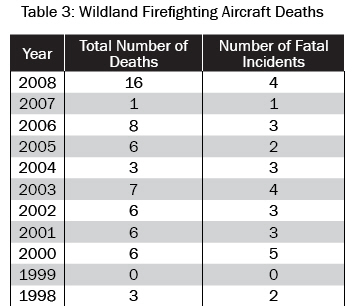After reviewing the “Accident Investigation: Factual Report” of the tree falling accident on the Dutch Creek Fire in which Andrew Palmer was killed, Wildfire Today compiled these findings, causal factors, and contributing factors from the document.
Findings
- EM-CAPT was given a line assignment without adequate supervision for the assigned task. FC2 failed to exercise proper supervisory control by allowing EM-CAPT to cut trees above EM-CAPT’s level of certification.
- Excessive motivation for EM to obtain a line assignment led to a series of inadequate communications and assumptions which subsequently led to a mismatch between resource request and resource assignment.
- A class C tree was felled by an unqualified sawyer. Escape routes/safety zones were not effectively utilized by FC1.
- There was insufficient pre-planning to integrate incident personnel and resources into the local emergency management system, taking into account local factors, including environmental conditions, to effectively manage a serious injury and the subsequent medical evacuation.
- Inadequate leadership, communication, and risk management resulted in a lack of clarity in communicating the severity of the injury, resource availability, and a failure to evaluate the most appropriate method of evacuation relative to risk exposure, resources required, and timeliness.
- The incident was operating with inaccurate or incomplete IAPs.
- The National Park Service fleet management procedures for quality control are inadequate to ensure mission ready condition of new wildland fire engines and to appropriately handle maintenance and repair issues.
- Iron Complex Ground Support failed to take appropriate measures to red tag EM’s engine.
Tree falling findings
- Tree 1 was a class C tree. The stump measured 36.7” in diameter at the point the cut was made.
- The highest saw qualification of any of the crew members present was that of a faller B.
- The undercut of Tree 1 was not cleaned sufficiently as to provide an adequate “hinge” to direct Tree 1 during the felling process.
- The undercut of Tree 1 exhibits two distinct horizontal (gunning) cuts and two sloping cuts. Multiple Dutchmen that would have altered the holding wood were also present.
- Tree 1 fell away from its intended lay due to lean, possible limb weight, and an inadequately cleaned undercut.
- Tree 1 appeared to have been a sound, green tree with no readily apparent defects that would have required it to be felled as a hazard tree.
Medical Treatment
Causal Factor
- Failure to adequately control FC1’s arterial bleeding of the left femur injury received during a tree falling accident resulted in death due to excessive blood loss.
Contributing factors
- There was inadequate accident scene command and control which led to a failure to communicate the extent and severity of the injuries and to evaluate the most appropriate evacuation method.
- There was a delay in delivering FC1 to definitive medical care because personnel involved in the incident focused on the use of air resources, most of which were unavailable due to the smoky conditions.
The accident report is HERE.






